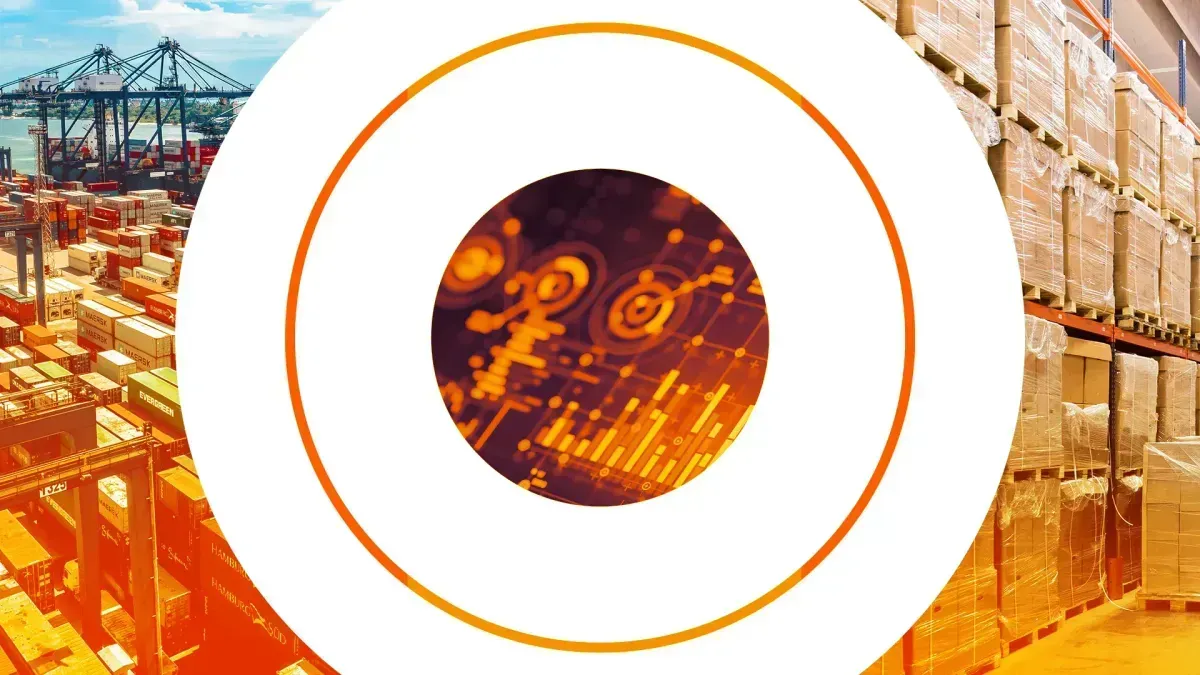Ocean Container Trade Review
Asia to Europe
- Demand: Overall demand remains high, with some ports experiencing congestion.
- Asia to Northern Europe: Spot rates are trending significantly higher since the end of September. Reports indicate new contract rates for 2025 are settling at over 30% higher than 2024 rates.
- Asia to the Mediterranean: Rates have risen substantially compared to late September, with 2025 contract rates showing significant increases over 2024 agreements.
Asia to U.S. / North America
- Week 1, 2025 has the most blank sailings in coming which may push Jan GRI possible.
- CMA lunched a loyalty program SEAREWARD like airlines in booking through their SpotON platform. https://www.cma-cgm.com/my-cma-cgm/sea-reward
East & Gulf Coasts + Canada East Coast:
- Spot rates are flat to slightly lower since early October. Starting to indicate rates turning higher as December proceeds into January.
- With a potential January 15 labor strike at U.S. East and Gulf Coast ports, shipping volumes are increasing especially out of China and S.Korea.
- For shipments not yet enroute, containers or LCL are unlikely to land before current contracts expire.
- Rates on Canada’s East Coast continue to decline, extending trends from the past four months.
West Coast U.S. & Canada:
- Spot rates continue to drop, even with the push to ship before potential Trump tariffs (January 21) or the Lunar New Year (January 29). But, many indications that rates are to increase by spot or GRI.
- Shippers targeting the U.S. East Coast or Gulf Coast may consider routing through the West Coast with intermodal transport via rail or truck.
- Intermodal services on the West Coast are congested, with reported delays of 7–10 days.
- Tightening capacity out of China reported.
Ocean Market Considerations
Carrier Alliances
- Major carriers are restructuring alliances, disrupting reliability, on-time sailings, and space availability. Expect 3–4 months of operational adjustment.
- MSC (independent in 2025): Partnering with ZIM for Asia-to-U.S. East Coast services and ONE for Asia-Europe routes.
- Gemini Cooperation: Maersk and Hapag-Lloyd are collaborating on major trade routes, shifting to a hub-and-spoke model similar to LCL shipping, all under this new name. Initial disruptions are anticipated.
- Ocean Alliance: Remaining unchanged, including CMA-CGM, Evergreen, and COSCO Group (OOCL).
- Premier Alliance: Formed by ONE, Yang Ming, and Hyundai after the dissolution of "The Alliance" in February 2025.
Plan for inconsistent transit times and service adjustments across most alliances, except for the Ocean Alliance, well into 2025.
Repeated Risks
- Red Sea Issues: Persistent security concerns force many vessels to reroute around Africa, particularly from Asia, Europe, the Mediterranean, and East Coasts of South and North America, extending transit times and reducing capacity.
- U.S. East & Gulf Coast Labor Contract (January 15): Unresolved labor disputes present a high risk of strikes or walkouts, potentially shutting down affected ports entirely. Talks ended 3 weeks ago and have not resumed.
- New U.S. Tariffs (January 21): Potential new tariffs under the incoming administration may target specific countries or products, creating uncertainty.
- Lunar New Year (January 29): Expect decreased sailings from China from January 29 to February 12, with significant delays typical during this period. Note that some years are worse than others!
- Carrier Changes: New operational models and alliance reforms will introduce significant variability in transit times, except the Ocean Alliance.
Air Freight
- Rates remain high, and capacity is tight. Early booking and creative routing are essential.
Tariffs & Transshipment from China
- Some U.S. importers are discussing rerouting Chinese goods through third countries to avoid current or anticipated tariffs (10%). The U.S. Importer of Record is responsible for proper filing.
- U.S. Customs (CBP) defines illegal transshipment as misrepresenting a product’s country of origin to evade trade restrictions or duties. Importers are responsible for compliance with CBP regulations.
- Consult the Rules of Origin or a trade professional for guidance on assembly and country-of-origin requirements when shipping products to the U.S. containing components from multiple countries. Transshipment is a form of tariff evasion. For example, a company might ship products made in China to another country, then ship them to the U.S., claiming they were made in the other country. CBP enforces transshipment laws through various methods.
- U.S. importers are required to verify that their imports come from the country listed on their import documents. Failing to do so is a crime.
Be Prepared
Stay vigilant and informed as we navigate the dynamic market conditions of early 2025. Our weekly updates will help you adjust plans as needed, so be sure to subscribe to our newsletter.
Key Takeaways:
- Suspected hit in January due to CNY rush and the blank sailing for 1week February going to sustain the rates from coming down.
- Plan ahead for potential disruptions and strike risks.
- Monitor tariff developments closely and prepare for possible impacts on your supply chain.
- Work with experts to ensure compliance and optimize shipping strategies.
It’s going to be an interesting first quarter of 2025—prepare to adapt and succeed!





